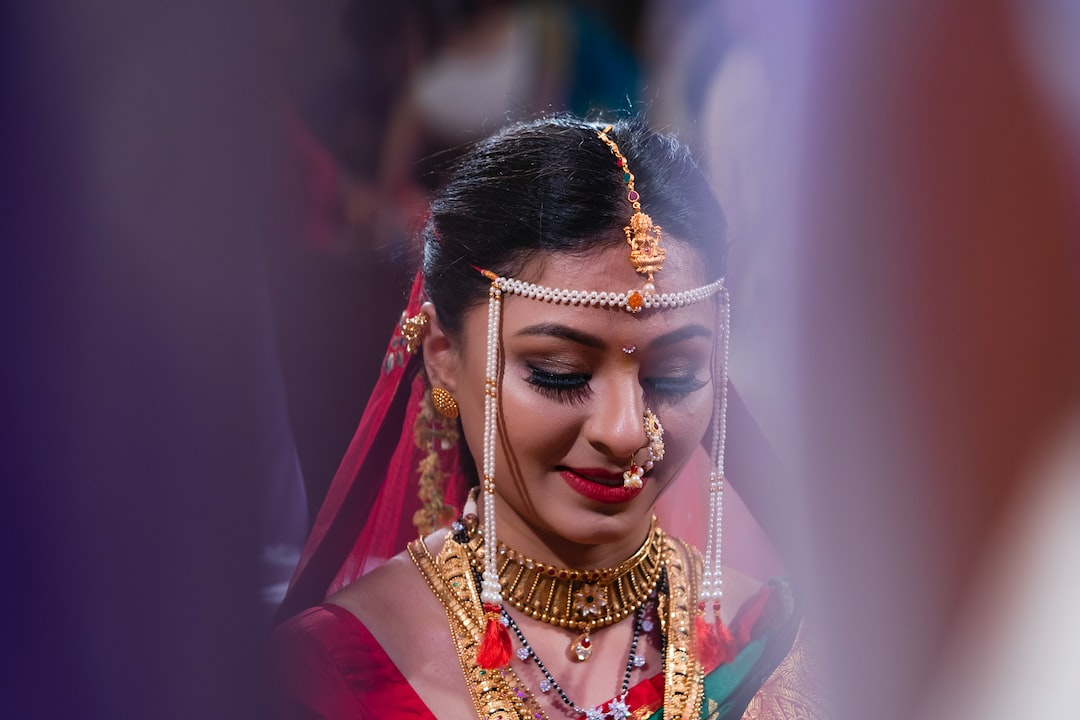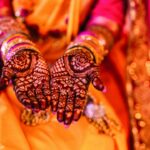Are you curious about the traditions that make a Marathi wedding so special? From pre-wedding rituals to post-wedding customs, marathi weddings are full of unique and meaningful ceremonies. If you’re looking for an insight into this culture’s fascinating wedding traditions, then look no further. In this article we’ll explore some of the most important aspects associated with marathi wedding traditions. We’ll take a look at everything from pre-wedding events to post-marriage celebrations – plus plenty more in between. So if you want to learn more about these amazing cultural practices and how they can add something extra special to your big day, read on.
Marathi Wedding Traditions
Pre-Wedding Traditions
Pre-wedding traditions in Marathi weddings are a series of rituals and customs that bring good luck and blessings to the couple. These include Mangalashtak, Pithi Ceremony, and Kanyadaan.
Mangalashtak is a traditional Marathi song sung by the bride’s family and friends to welcome the groom and his family. It is usually performed at the beginning of wedding ceremonies as an expression of joy for their union. The lyrics typically talk about how happy they are to have each other in their lives.
The Pithi Ceremony is an important pre-wedding ritual where turmeric paste is applied on the bride and groom’s body for purification and blessings. This ceremony symbolizes cleansing away any negative energy from both individuals before entering into marriage together. Turmeric paste also has medicinal properties which can help protect them from any illnesses or diseases during this time period as well as throughout their married life together.
Kanyadaan is another pre-wedding tradition where the father of the bride gives away his daughter to her future husband in marriage with great pride, love, honor, respect, trustworthiness, loyalty and faithfulness. This ceremony marks a significant moment in every Indian wedding as it signifies not only parental acceptance but also social approval for two people who will be living together for eternity thereafter.
The pre-wedding traditions of a Marathi wedding are steeped in rich culture and signify the importance of family and tradition. With these rituals now complete, it’s time to move onto the special day itself – let’s explore the wedding day traditions next.
Wedding Day Traditions
Wedding day traditions are an important part of any Marathi wedding. Jaimala is one such tradition which symbolizes the acceptance of each other as husband and wife. It involves exchanging garlands between the bride and groom in front of all their guests. Madhuparka is another ritual that takes place on the wedding day, where the groom’s feet are washed with milk, curd, honey, ghee and water to welcome him into his new home. This ceremony also marks a transition from bachelorhood to married life for the groom.
The most important ritual in Hindu weddings is Saptapadi or taking seven steps around a sacred fire by both bride and groom together. These seven steps signify their union for life as they vow to stay together through thick and thin forevermore. The couple then exchanges rings or mangalsutras as a token of their love for each other during this ceremony.
Apart from these three main rituals, there are several others such as the Haldi Ceremony which involves applying turmeric paste on both bride and groom’s body before the wedding day as part of a purification process that brings good luck to them both. The Mehendi Ceremony involves applying henna designs on hands and feet of both bride and groom, signifying joy and happiness in their married life ahead. Lastly, Ganesh Puja is performed wherein Lord Ganesha is worshipped before any auspicious occasion like marriage, ensuring that all obstacles are removed from the path of success and happiness for the newlywed couple. All these ceremonies make up an integral part of Marathi weddings, making it even more special for everyone involved.
Wedding day traditions are filled with rich culture and symbolism, making them an important part of any marathi wedding. Moving on to post-wedding rituals, we can see that they are equally meaningful and celebratory.
Post-Wedding Traditions
Post-wedding traditions are an important part of Marathi weddings and signify the beginning of a new life for the couple. The Vidaai Ceremony is an emotional event where the bride bids farewell to her parents before leaving for her new home with her husband and in-laws. This ceremony symbolizes a daughter’s journey from one family to another, as she embarks on a new chapter in her life.
The Griha Pravesh ritual follows this, wherein rice grains are sprinkled at the entrance of their new home for good luck and prosperity in their married life ahead. This tradition is believed to bring joy and happiness into the newlywed’s lives together.
Finally, there is usually a reception party held after wedding ceremonies which allows family members, friends, relatives or colleagues who couldn’t attend due to various reasons or were unable to travel long distances for it, celebrate with them. It’s also customary that gifts be exchanged between both families during this time as well as traditional dances performed by close family members such as siblings or cousins of either side of the couple.
Overall, these post-wedding rituals provide closure on what has been an exciting but tiring day filled with emotions for everyone involved – especially those closest to the couple. It is a time of joy and celebration as they embark on their new life together, surrounded by family and friends who have come to share in this special moment.
Post-Wedding Traditions are an important part of Marathi culture and bring great joy to both the bride and groom as they embark on a new life together. Now, let us take a look at some other rituals & customs associated with weddings in this region.
Other Rituals & Customs
Marathi weddings are full of rituals and customs that bring joy, luck, and prosperity to the newlywed couple. One such ritual is the Haldi Ceremony which involves applying turmeric paste on both bride and groom’s body before wedding day as part of purification process which also brings good luck to them both. The Mehendi ceremony is another important pre-wedding ritual where henna designs are applied on hands & feet of both bride & groom which signifies joy & happiness in their married life ahead. Lastly, Ganesh puja or worshiping Lord Ganesha before any auspicious occasion like marriage ensures that all obstacles are removed from path of success & happiness for newly wed couple.
The Haldi Ceremony usually takes place a few days prior to the wedding day at each partner’s respective homes with family members present. Turmeric paste is made using turmeric powder mixed with water and other ingredients such as rosewater, sandalwood powder etc., depending upon regional traditions followed by families. This mixture is then applied on face, arms, legs and other parts of body while chanting mantras for blessings from God Almighty for a happy married life ahead.
Mehendi ceremony marks an important pre-wedding celebration wherein henna designs are drawn on hands & feet of both bride & groom symbolizing love between them two along with various intricate patterns depicting stories about their union in future life together as husband and wife. Usually mehendi artists create these beautiful artworks using natural dyes prepared from dried leaves or petals of flowers like hibiscus or marigold combined with lemon juice or tea decoction etc., depending upon type desired design pattern wanted by couples After application process gets completed it takes around 8 hours for mehendi color to develop fully so this ceremony usually happens one night prior to actual wedding day when everyone can enjoy music performances while waiting patiently till morning time arrives.
Ganesh Puja, also known as Vinayaka Chaturthi Pooja, holds special significance in Marathi weddings since it helps remove all obstacles coming in the way during the course journey towards a happily ever after marital blissful life together. On this particular day, Lord Ganesha’s idol is placed at center stage surrounded by family members who perform Aartis (prayers) invoking divine grace into the lives of the new couple soon going to embark upon. After completion of the pooja offerings such as modak (sweet dumplings) are distributed among attendees signifying sweet beginnings awaiting ahead.
Conclusion
Marathi wedding traditions are a beautiful and unique way to celebrate the union of two people. From pre-wedding rituals like engagement ceremonies, to wedding day customs such as exchanging garlands, and post-wedding celebrations like vidaai, there is no shortage of ways for couples to honor their culture during this special time in their lives. Although these traditions may vary from family to family, they all serve as reminders that marriage is an important milestone worth celebrating with joy and enthusiasm. Marathi weddings are truly something special.




